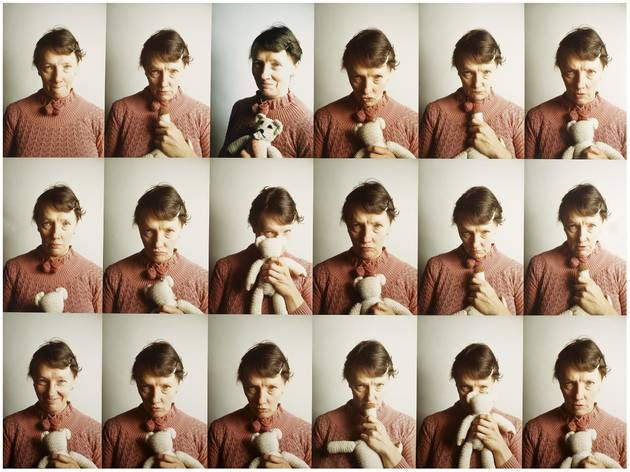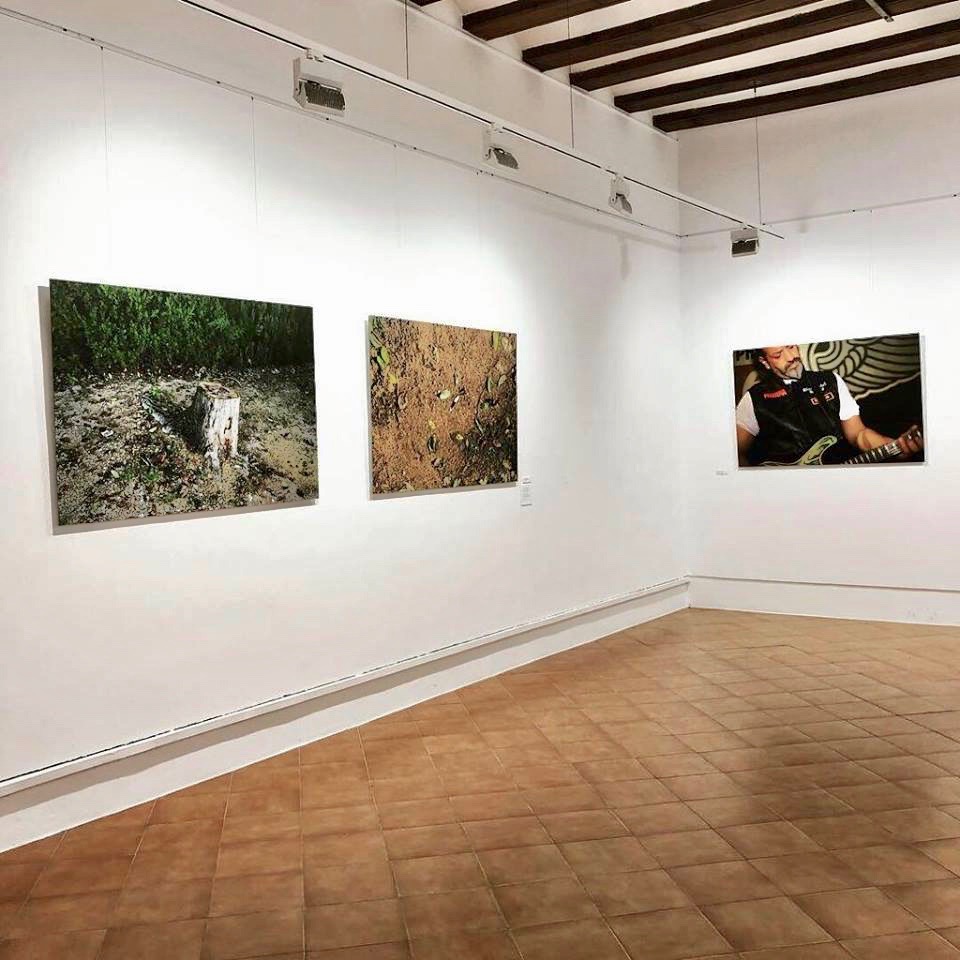Photography is a mirror, a portal between the personal and the universal.
Bárbara Traver
Artistic tools are known for their ability to express what words may fail to convey. Photography has often been underutilized in the field of personal or therapeutic growth. This might be attributed to the misconception that it demands technical expertise and specialization. But today, in the post-photography era, therapeutic photography is emerging thanks to two key advantages: accessibility and immediacy.
- Accessibility: Anyone, regardless of age or skills, can create or work with a photograph. Photography provides a means of expression for individuals who struggle with verbal communication.
- Immediacy: It is an easy and everyday tool; the result is immediately visible.
Photography, as a therapeutic tool, aims to enhance the health, well-being, and personal growth of individuals through the utilization or creation of images. We can find it as phototherapy, therapeutic photography, social photography… In all cases, the premise is that thought is visual. We think with images; our past, future, and fantasies are elaborated mentally in the form of images. If we name a word, it automatically becomes an image in our thoughts. Think, for example, of the word BEACH.
START
 ‘Photo Therapy: Beautiful lady at 52’, 1986/88 Courtesy Richard Saltoun Gallery
‘Photo Therapy: Beautiful lady at 52’, 1986/88 Courtesy Richard Saltoun Gallery
Jo Spence, an English artist and photographer, is often credited as one of the first artists to use photography as a personal tool. She chose to engage with photography in a participatory manner, focusing on issues related to social and gender inequalities.
However, there are earlier and intriguing research experiences, such as the work in the early 1850s by Dr. Hugh Diamond, the director of the Surrey County Women’s Asylum. He was passionate about photography and a prominent member of the Royal Photographic Society.
Diamond systematically photographed his patients as part of a diagnostic approach to identify the type of disease they were suffering from. This science, known as morphopsychology, gained prominence throughout the nineteenth century to understand an individual’s personality based on their physiognomy. Through his photographs, the doctor followed the progress of his patients. Diamond also noted that his images could sometimes contribute to healing.
Hugh Diamond
THERAPY
Today, photography is used as a tool within certain psychological therapies, often aligned with humanistic, gestalt, or integrative approaches. It serves as a means of expression, analysis, and reflection, fostering personal and artistic growth. With photography, we can create a new way of perceiving and feeling the world.
It is grounded in the premise that displaying, realizing, becoming aware, and expressing oneself is therapeutic. Knowing who you are, where you are now, and where you want to go in life gives you great personal strength.
IDENTITY
Indeed, there is no doubt that photography is a self-portrait, a projection of internal aspects.
The things we react to, the decisions we make regarding the lens, angle, and what we choose to isolate from the scene all speak volumes about us, often more than they do about our subjects. Everything is a self-portrait or part of a self-portrait.
Eva Rubinstein
Agus Prats. The mirror chair Project
Virginia Satir said that we can only want what we know well. Constructing visual stories about our identity is considered a good path.
Contemporary photography understands this concept well: behind each artistic piece, a person narrates their life, passions, sorrows, and curiosities. It expresses the “how,” “what,” and the significance of essential things through self-knowledge and authenticity. With photography, we narrate, identify, and question ourselves. “Dare to know,” as Kant also said.
Many artists work on their bodies and identities: Barbara Traver, Agus Prats, Ana Mendieta, Eleonor Antin, John Coplans, Cindy Sherman, Francesca Woodman, and Zhang Huan. The self-portrait, the body, or the family album serve as tools, placing photography in the realm of our wisdom and personal well-being. It facilitates the creation of messages and enables expression beyond the limitations of words.
Camila. Bárbara Traver
USEFULNESS
Trenquem El Silenci Exhibition. City Council of Catarroja. Valencia
Photography is useful for everyone, not just the professional photographer. When used with groups at risk of social exclusion, photography brings about transformations through empowerment and visibility.
- It gives a voice to those who lack it, enabling expression through images.
- It strengthens, brings visibility, and fosters social inclusion, bridging gaps with other realities and environments.
- It increases social empathy and potential appreciation, nullifies prejudices, and destigmatizes.
Practical Example: Trenquem El Silenci. Photography As a Tool for Social Integration.
TOOLS
Everyone, including you and me, can create our own images. Within the framework of specific exercises, these images can assist us in understanding, developing, symbolizing, growing, and creating. In this regard, at ANDANAfoto, we believe in the effectiveness of tools such as:
A personal photographic project, which facilitates positive changes and provides the opportunity to look at things differently, finding strategies from one’s own individuality and authenticity.
Photographic projection, where a photograph can generate powerful insights about the person looking, and the impact is even more significant when the onlookers themselves have created the image. This is how we show it in our face-to-face and online courses.
In this sense, photography has three main uses as a tool for self-knowledge:
- To be present. It places us in the here and now. When I peer through the viewfinder, and the camera clicks, it captures the present moment—it’s precise, encapsulating just the beauty. Breathing calmly, liberated from the distractions of the external world, and venturing toward the source of our creativity by creating truly clear and profound images, as Cesar Cerón discusses in photography and meditation.
- To express yourself. Sublimation of what I want to tell: contemporary identity and expression.
- To project yourself. As viewers, we tell ourselves what we see, connecting with experience, emotion, and our symbols.
Portrait. Bárbara Traver.
For all these reasons, ANDANAfoto believes that working with images can be therapeutic, as it focuses on personal growth through self-knowledge, individuality, and responsibility. We must recognize that photography prompts us to reflect about how we look at the world and ourselves.
Your vision will become clear only when you look into your heart. Who looks outside, dreams; who looks inside, awakes
Carl Gustav Jung
Keep Learning.
Cómo citar este artículo
Al citar, reconoces el trabajo original, evitas problemas de plagio y permites acceder a las fuentes originales para obtener más información o verificar datos. Asegúrate siempre de dar crédito y de citar de forma adecuada.
How to cite this article
By citing an article, you acknowledge the original work, avoid plagiarism issues, and allow access to the original sources for further information or data verification. Make sure to always give credit and cite appropriately.
Amparo Muñoz Morellà. (December 11, 2020). "Therapeutic Photography and Self-Knowledge". ANDANAfoto.com. | https://andanafoto.com/en/therapeutic-photography-and-self-knowledge/.













